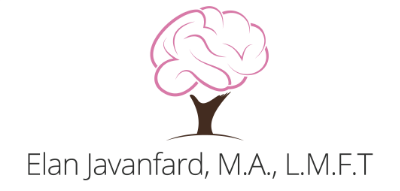Let’s be honest—just because marijuana is legal doesn’t mean it’s all safe. If legality was a stamp of approval, we’d all be drinking alcohol with breakfast and lighting up cigarettes after dinner. Marijuana may have become normalized, but that doesn’t make it a harmless hobby. And before you start: no, CBD and THC aren’t the same. CBD doesn’t get you high and is often praised for its calming effects. THC, however, is the psychoactive compound that delivers the high—and all the potential downsides. The truth? Just because something’s from a plant or natural doesn’t mean it is safe in all quantities.
THC isn’t some mellow substance. It’s more like an earthquake: you never know how hard it’ll hit until you’re already shaking. Sure, a low dose might feel like a gentle tremor, but once you creep into the 20% THC range and up, you are using a mind-altering substance. The weed nowadays is over 500% more potent than 30 years ago. Hallucinations, paranoia, and even psychosis aren’t just horror stories; they’re real outcomes for people who thought they could handle more.
Here’s where things get serious: why are you using it? There’s a world of difference between using substances to feel something and using them to avoid feeling anything. Wanting to enhance a good mood or relax after a long day? Sure, that’s one thing. But if you’re turning to marijuana to escape stress, anxiety, or emotional pain, you’re not solving the problem—you’re just putting it on mute. And that’s a fast track to addiction. Numbing pain with weed is like putting a band-aid on a broken bone. It doesn’t heal anything. Addiction isn’t just about the substance itself; it’s about the relationship you develop with it. The moment weed becomes your go-to escape route, you’ve got a problem. And let’s be honest, most people aren’t using weed to enjoy a sunset. They’re using it to avoid dealing with life.
If you’re under 25, pay attention: your brain is still under construction. Chronic use of THC products messes with that wiring. And if mental health issues run in your family, THC isn’t just risky—it’s dangerous. Regularly using products with THC above 10% can double your risk of psychosis or schizophrenia. Think about that. Double. You’re signing up for a lifelong struggle, all because you thought “it’s just weed.”
“But it’s regulated!” Great. So is gambling, but don’t get me started on that (…just yet). Some states cap THC in edibles at 10 mg per serving, but that doesn’t make it safe. It’s a limit, not a green light. Legal limits are about reducing harm, not eliminating it. And even if the government says it’s okay, your body might have a different opinion. There are medicinal uses for marijuana, relaxation qualities, and people who know their limits and remain within them, and we can validate these choices.
However, we’ve glamorized cannabis like it’s the solution to all life’s problems. Stress? Weed. Anxiety? Weed. Can’t sleep? You guessed it. But this culture of casual use hides the risks. The more we normalize marijuana, the less we respect its power. That’s a mistake. We don’t hand out prescription meds without warnings, so why treat marijuana any differently?
Call me a Narc, but let’s be honest—you don’t need THC. You want it. If you’re using it to numb pain, ask yourself why. Legalization isn’t a free pass to make reckless choices. It’s a chance to be more informed and more cautious. So, before you roll that joint or pop that edible, think. Are you using it to enhance life—or to avoid it? Because if it’s the latter, no amount of THC will fix what’s really broken. You deserve better than a temporary escape. You deserve to feel fully, live fully, and face life head-on. Because, let’s be honest—nothing feels better than being fully present in your own life.
